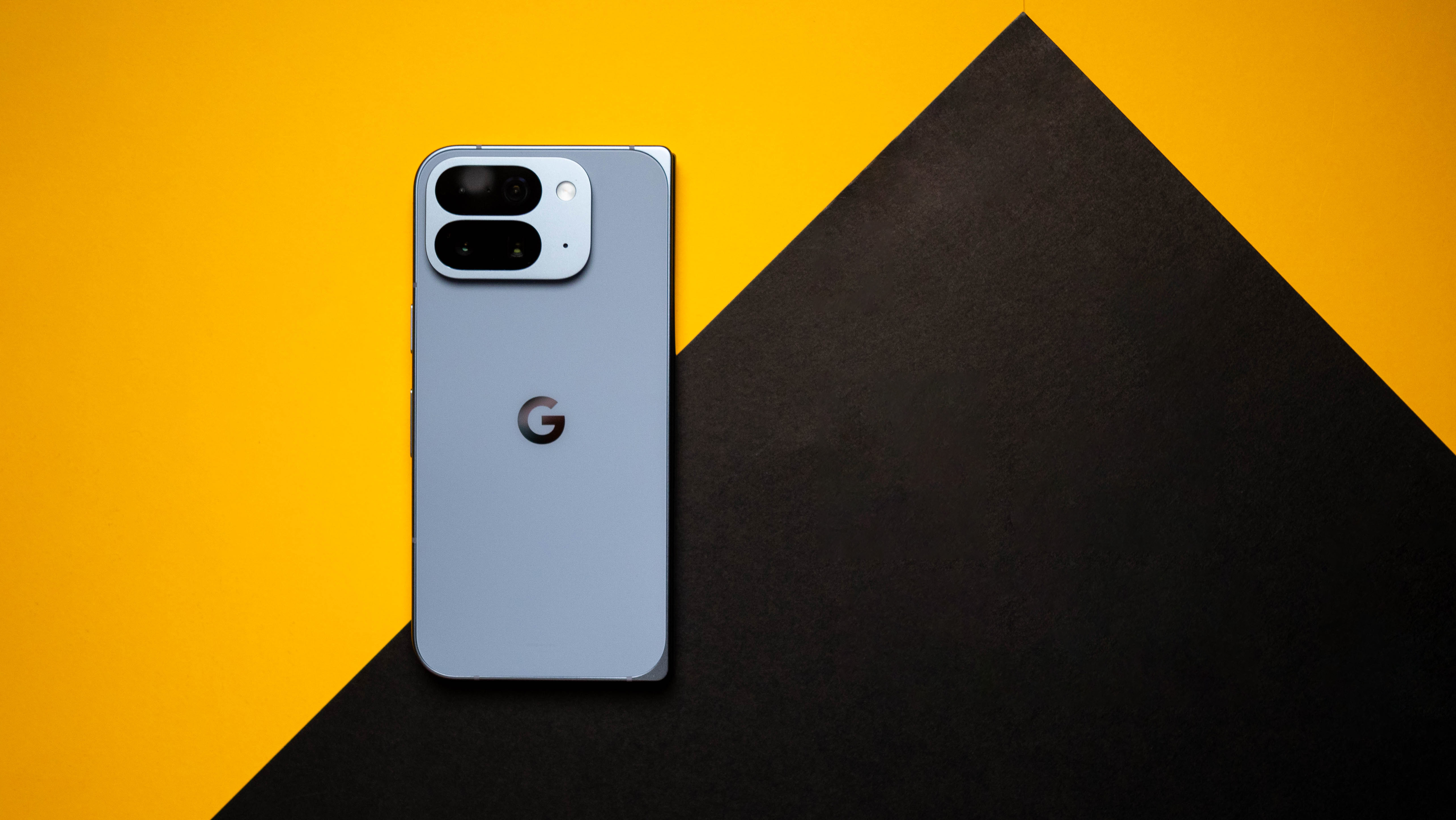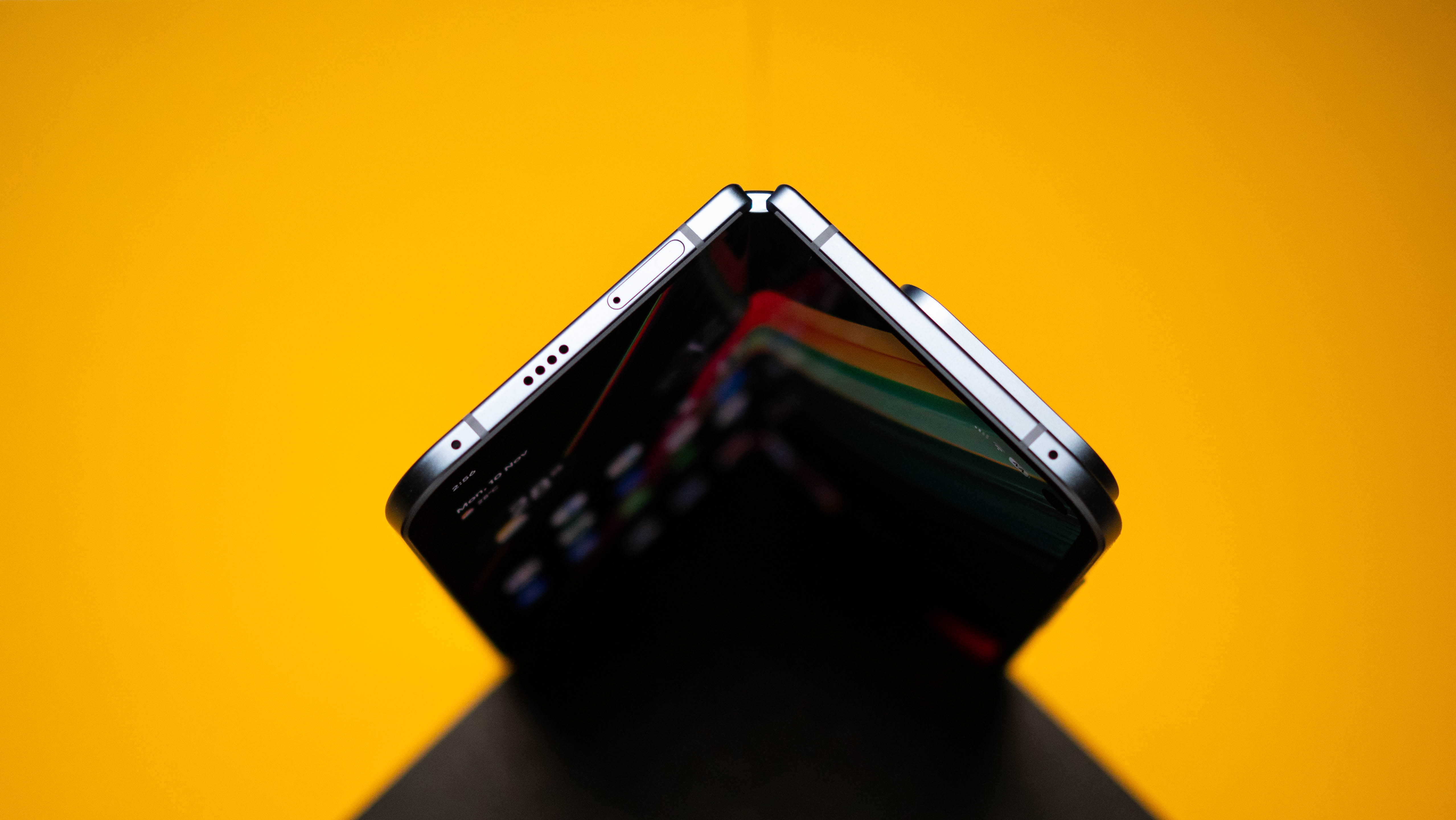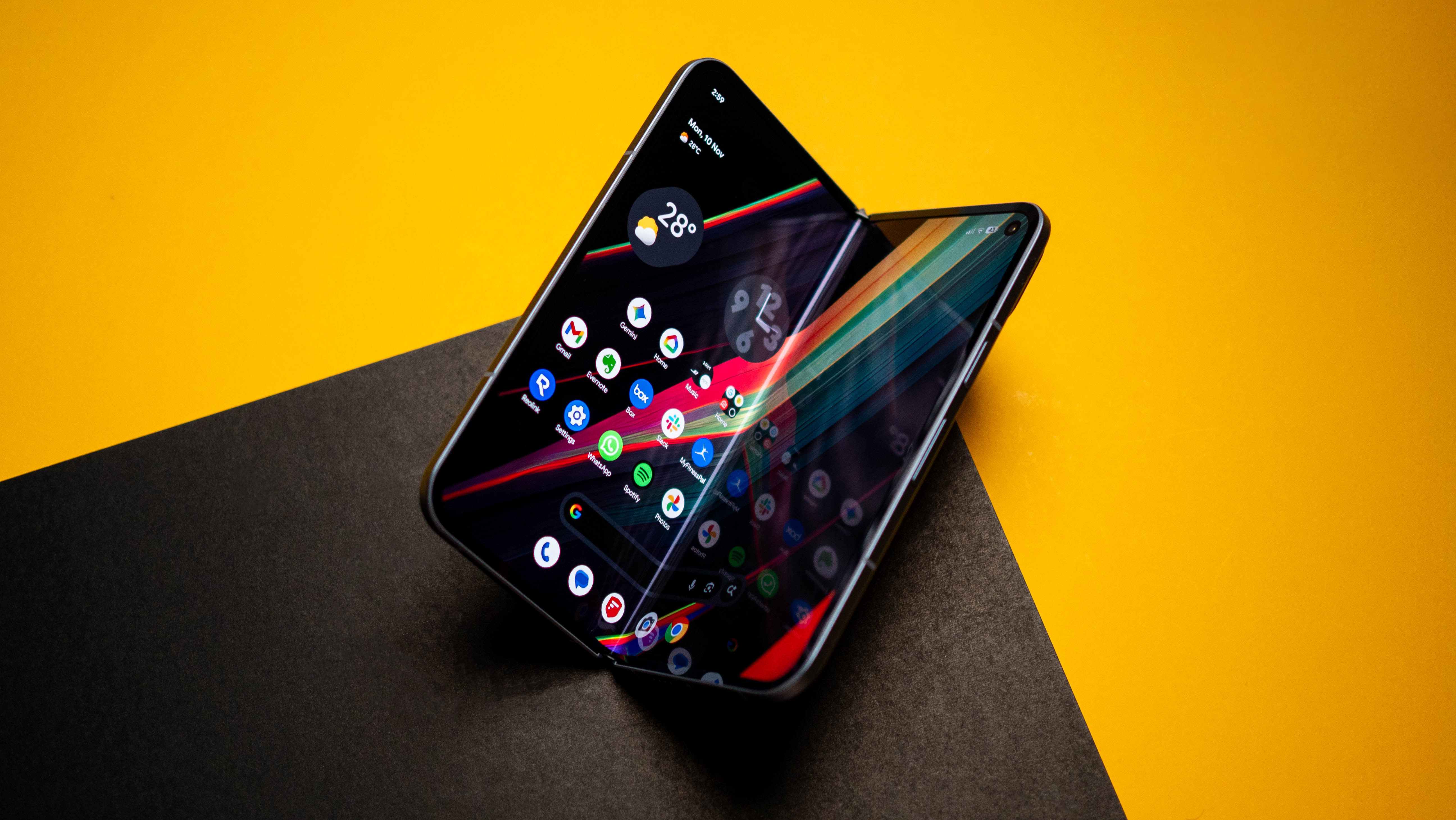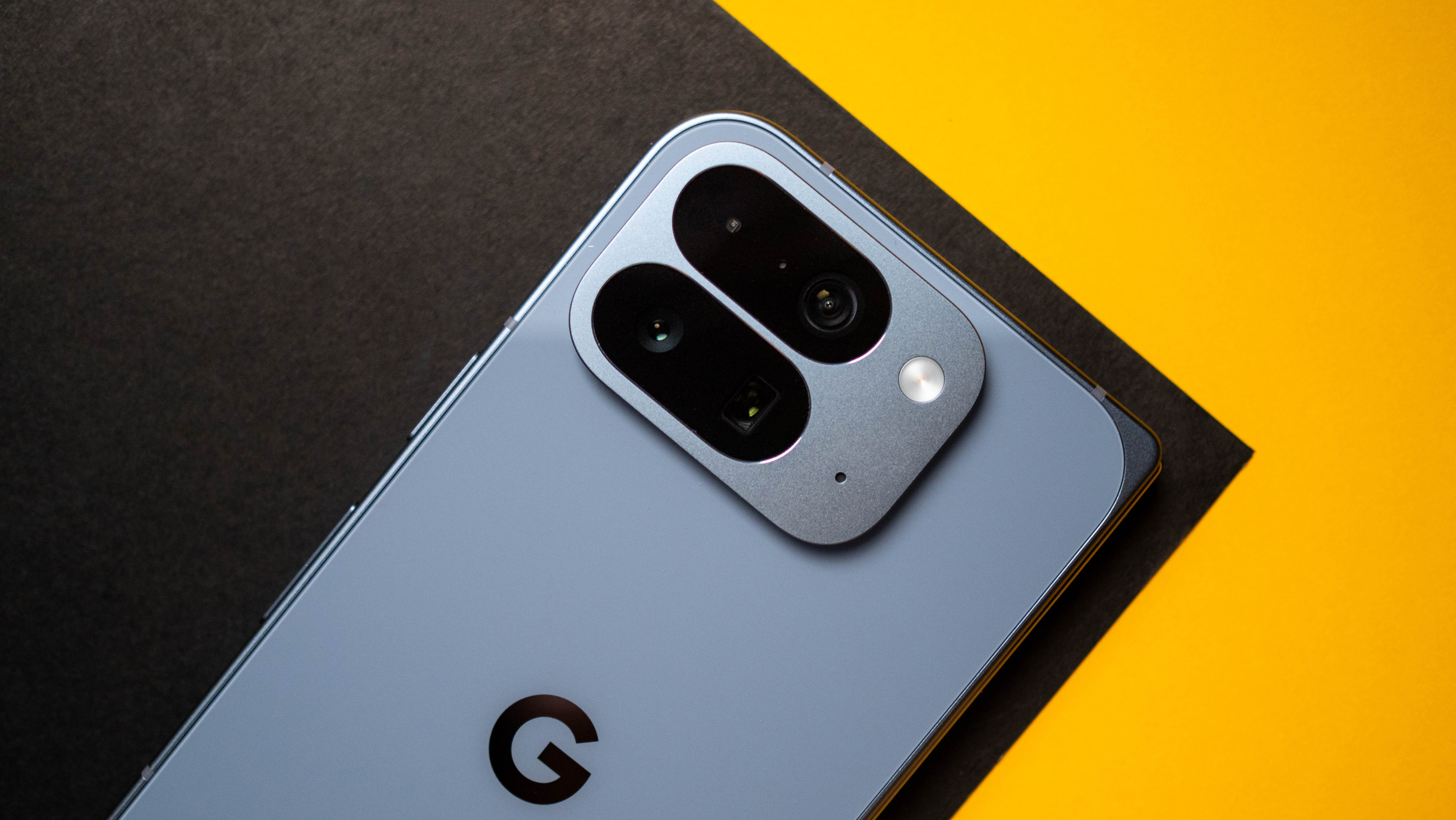
Enjoy our content? Make sure to set Android Central as a preferred source in Google Search so you can stay up-to-date on the latest news, reviews, features, and more.

In Hardwired, AC Senior Editor Harish Jonnalagadda delves into all things hardware, including phones, audio products, storage servers, and networking gear.
It took me a while to get started with the Pixel 9 Pro Fold (I was busy with other phones), but I was finally able to do so at the start of the year. I switched to the foldable after using the Find N5, and while the Pixel 9 Pro Fold wasn't as thin or light, the software was better than just about any other foldable I used.
But there was a problem — the cameras just weren't good enough. The Pixel 9 Pro Fold lagged behind the Galaxy Z Fold 7, Find N5, Vivo X Fold 5, and Honor Magic V5, and it wasn't even as good as a regular mid-range phone. So with the Pixel 10 Pro Fold, I wanted Google to do one thing: fix the cameras.
The Pixel 10 Pro Fold uses similar camera modules as its predecessor, but it takes better photos thanks to the new ISP in the Tensor G5 and a year's worth of camera tuning efforts. It still doesn't measure up to other foldables — or phones like the Vivo X300 Pro, X200 Ultra, and the Find X9 Pro — but it no longer feels like a big enough limitation that I need another phone on hand just to take photos.

The biggest issue with the Pixel 10 Pro Fold is the weight. Coming in at 258g, it is 43g heavier than the Galaxy Z Fold 7. Yes, you get a bigger 5,015mAh battery, but it's still 32g heavier than the Vivo X Fold 5, which has an even bigger 6,000mAh battery and bigger OLED panels on the inside and out.

After using the X Fold 5 and Galaxy Z Fold 7, using the Pixel 10 Pro Fold feels like going back a year or two in hardware design. Don't get me wrong; the design is pretty good, and the rounded edges make it distinctive in its own right. But the sheer heft of the Pixel 10 Pro Fold means it is nowhere as comfortable to hold and use as its immediate rivals.

And although the Tensor G5 is better than its predecessor, it's still not anywhere as fast as what Qualcomm and MediaTek have to offer, and I'm not even talking about the latest chipsets — the G5 doesn't even measure up to the Snapdragon 8 Elite and MediaTek Dimensity 9400. The charging situation continues to be annoying as well. While I like that the Pixel 10 Pro Fold has a bigger 5,015mAh battery, it charges at a middling 30W, and Google really needs to address this shortcoming.

But all of that doesn't really matter because of the software. While I used the Vivo X Fold 5 the most out of any foldable this year, I found myself wanting cleaner software with better usability, and the Pixel 10 Pro Fold delivers just that. Yes, it doesn't have the best internals or the best cameras, and the battery doesn't last as long as other devices. But when it comes to the software, there really isn't anything better.

The foldable runs Android 16 out of the box, and it just feels better to use. I generally prefer Pixel software, and the Pixel 10 Pro Fold retains Google's unique visual flair while offering plenty of custom extras that you don't get anywhere else. Magic Cue is one such feature, and the ability to automatically surface key information is pretty cool. The real utility is when I'm talking to a brand's customer care about a potential return, and Magic Cue pulls up the order information stored in Gmail.
It's things like this that make using the software that much easier. The interface itself is clean, and I'm a fan of the quirkiness of the Material You design. The foldable gets good multitasking features as well, and the UI as a whole has better fluidity than previous years.

To Google's credit, the brand nailed the rest of the fundamentals. The 6.4-inch outer OLED panel is a joy to use, with vibrant colors and high brightness that doesn't have any issues even under harsh sunlight. The inner 8-inch OLED panel is just as good, and it's terrific when it comes to playing videos or just browsing.

The battery lasts a day with medium use, and I didn't really run into many problems in this area. I would've liked a bigger battery, but unless I pushed the foldable, I was able to get it to last a full day, and native Qi 2 integration means I could easily charge the Pixel 10 Pro Fold via any of the Qi 2-based power banks I always have on hand.

It's great to see Google integrate the requisite magnets without having to use a case, and it is one of several small features that makes using the Pixel 10 Pro XL and Pixel 10 Pro Fold that much easier. On that note, the Pixel 10 Pro Fold has full IP68 dust and water resistance, and that's also great to see — most other foldables are limited to IPX8, so to have protection against dust ingress is a positive move.
Just like with the Pixel 9 Pro Fold, I enjoyed using the Pixel 10 Pro Fold quite a bit, and while the foldable may not have the best cameras or battery life, Google once again proved that it knows how to deliver a phone you'll actually want to use.
Google didn't change too much with the Pixel 10 Pro Fold, but tweaks to the battery life and cameras make it stand out a little against last year's foldable. Where it truly shines is the software, and the increased durability is a welcome move.







